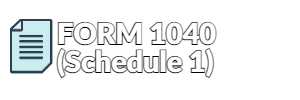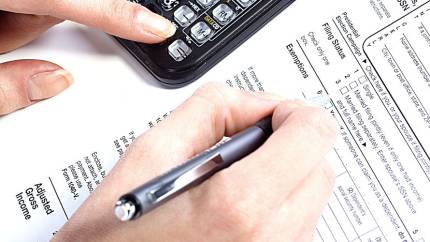2023 Form 1040 (Schedule 1) Instructions
- 7 April 2023

Hey there, fellow taxpayer! If you're reading this, chances are you're looking for some guidance on how to navigate the somewhat murky waters of the IRS Form 1040 (Schedule 1). Fear not, for we're here to help you understand the ins and outs of this vital tax document. In this article, we'll explore the purpose of Schedule 1, the important things to consider while working with it, and some common mistakes to avoid. So, let's dive right in!
Schedule 1 (IRS Form 1040) - Understanding the Purpose and Usage
The primary purpose of the printable IRS Form 1040 (Schedule 1) is to report additional income and adjustments to revenue that are not included in the main 1040 copy. You'll need to use this schedule if you have any of the following types of income or deductions:
- Additional gains such as alimony, business income or loss, rental income, and gambling winnings.
- Unemployment compensation.
- Adjustments to income, such as educator expenses, health savings account deductions, and student loan interest deductions.
- Self-employment tax, IRA deductions or SEP, SIMPLE, and qualified plans.
With the IRS Form 1040 (Schedule 1) for 2022, you can ensure that all of these additional sources of income or adjustments are accurately reported, thus allowing you to pay the correct amount of federal tax.
Essential Details to Consider While Working with Schedule 1 (1040)
When completing your federal tax form 1040 (Schedule 1), keep the following crucial details in mind:
- Ensure that you have all the necessary documents and information, such as W-2s, 1099s, and receipts for deductible expenses.
- Double-check the accuracy of your Social Security Number (SSN) and other personal information.
- Be aware of the current tax year's filing deadlines to avoid penalties.
- Use the appropriate IRS Form 1040 (Schedule 1) instructions to ensure that you complete the template correctly.
- If you are unsure about any aspect of the form, consult a tax professional for guidance.
Common Mistakes and Tips on How to Avoid Them
As you work on your Schedule 1, watch out for these common mistakes and follow our tips to bypass them:
- Double-check your calculations and ensure that you are reporting the correct amounts for each item.
- Review your financial records for the tax year, and make a list of all income sources before starting the form.
- Always use the most recent version of the form, which can be found on the IRS website.
- Familiarize yourself with the list of adjustments in the IRS Form 1040 (Schedule 1) instructions, and ensure you're claiming all that apply to you.
- Mark your calendar with the relevant deadlines, and make a plan to complete and submit your taxes on time.


